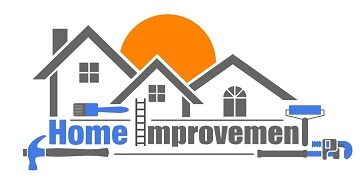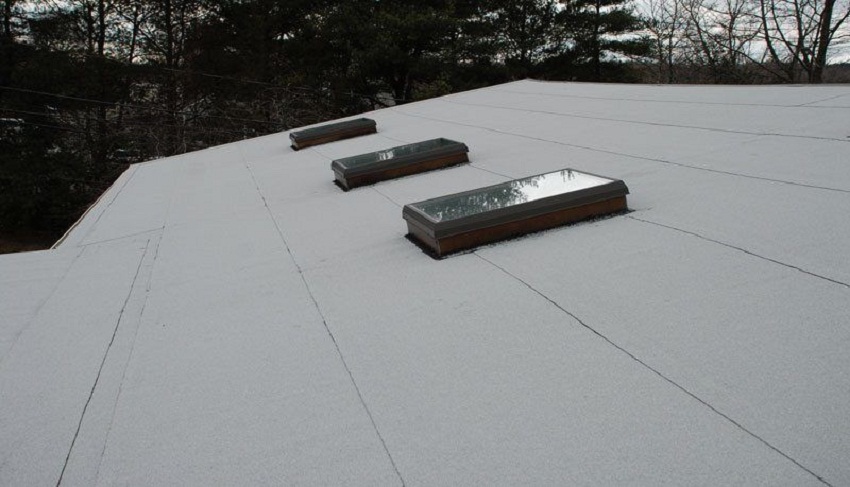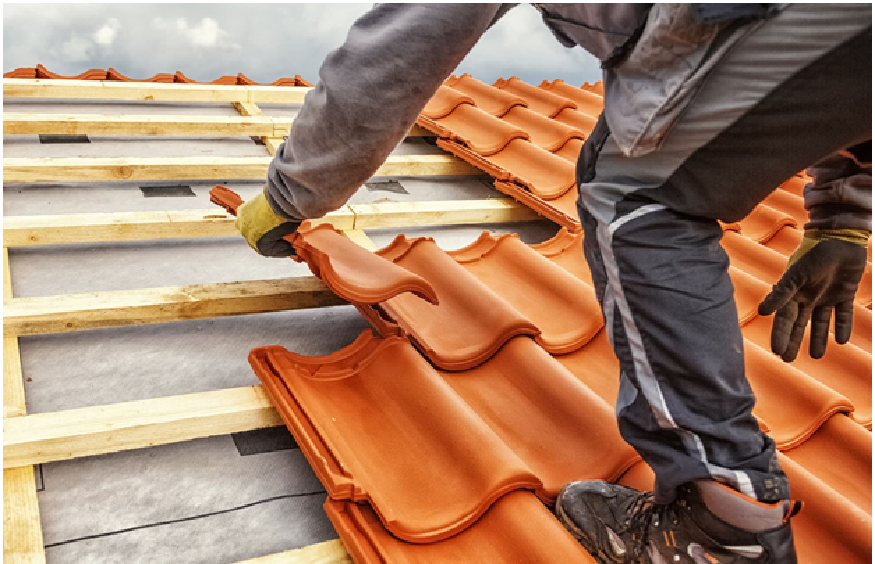Everything You Need to Know About Torch Down Roofing
Torch down roofing, also known as torch-on roofing, is a popular choice for flat or low-slope roofs due to its durability, weather resistance, and long lifespan. It is commonly used in both residential and commercial applications. Here’s everything you need to know about torch down roofing:
What is torch down roofing?
Torch-down roofing [TPO] in Los Angeles – Ocean Seven Builders Inc involves applying a membrane made from modified bitumen, a material similar to asphalt, that is reinforced with polymers for added durability and flexibility. The membrane is applied to the roof using a torch to heat the material, allowing it to adhere to the surface and form a waterproof seal.
Advantages of torch down roofing
- Durability: Torch down roofing is resistant to punctures, tears, and impacts, making it highly durable. It can withstand extreme weather conditions, including heavy rain, snow, and high winds.
- Waterproofing: The torch-on process creates a seamless, waterproof barrier that effectively prevents leaks. It is ideal for flat and low-slope roofs where water drainage is a concern.
- Longevity: Torch-down roofing has a long lifespan, typically ranging from 15 to 20 years, and with proper maintenance, it can last even longer.
- UV resistance: The granules on the cap sheet protect against UV rays, reducing heat absorption and prolonging the life of the roof.
- Flexibility: The modified bitumen membrane remains flexible in various temperatures, reducing the risk of cracking in cold weather.
Disadvantages of torch down roofing
- Installation complexity: Proper installation requires skilled professionals due to the use of an open flame and the need for precise application. Improper installation can lead to leaks and reduced roof lifespan.
- Fire hazard: The use of a torch during installation poses a fire risk if not handled correctly. Safety precautions and experienced installers are essential.
- Cost: Torch down roofing can be more expensive than other flat roofing options due to the material and labor involved. However, its durability and long lifespan can offset the initial investment.
Installation process
Preparation:
- The roof surface is cleaned and primed.
- Insulation and vapor barriers are installed as needed.
- The base sheet is attached to the roof deck.
Torching:
- The torch is used to heat the underside of the bitumen membrane as it is unrolled.
- The heated bitumen adheres to the base layer, creating a strong bond.
- Seams and overlaps are carefully torched to ensure a watertight seal.
Finishing:
- The cap sheet is applied with granules that reflect UV rays and add durability. Flashing and edge details are then completed to prevent leaks.
Maintenance and repair
Periodic inspections help identify potential issues like cracks, blisters, or punctures before they become major problems. Addressing small issues promptly can prevent more extensive damage and prolong the roof’s lifespan. Additionally, keeping the roof clean of debris and ensuring proper drainage can prevent water pooling and reduce wear.
Wrapping it up
Torch down roofing is a reliable and durable option for flat or low-slope roofs, offering excellent waterproofing, UV resistance, and longevity. While the installation process is complex and requires professional expertise, the benefits of torch-down roofing, such as its durability and long lifespan, make it a worthwhile investment. Regular maintenance and timely repairs are essential to maximize the roof’s performance and ensure it provides long-lasting protection for your property.


